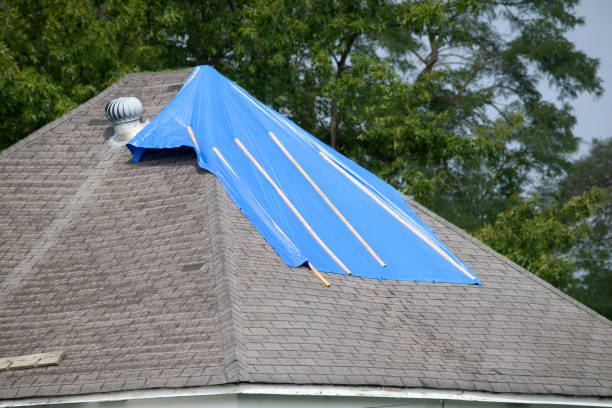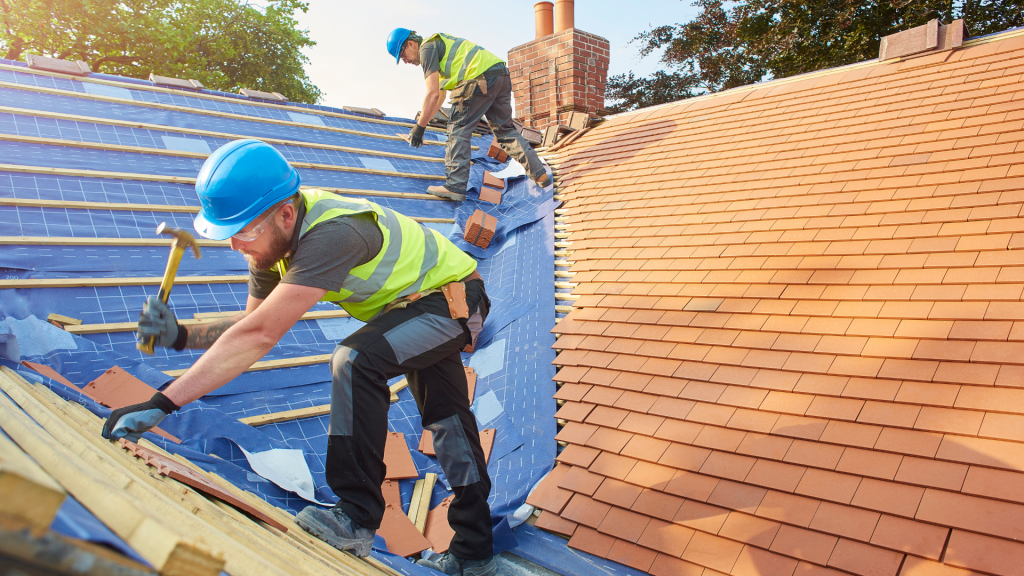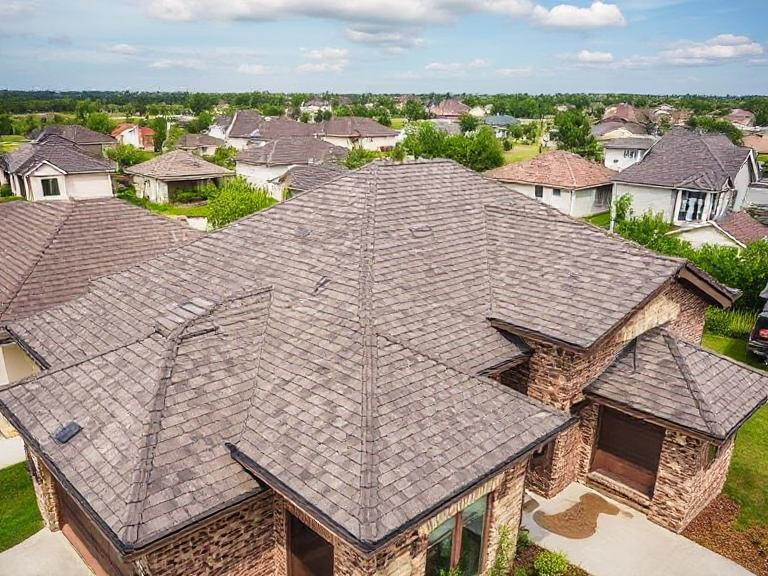What Is A Roof Emergency In Wylie?
Introduction
When it comes to our homes, the roof is arguably one of the most important components. It's our first line of defense against the elements, whether it’s view rain, snow, or the blazing sun. But what happens when disaster strikes? How do you know if you’re facing a roof emergency that requires immediate attention? In this comprehensive guide, we’ll explore everything you need to know about roof emergencies, including how to identify them and what steps to take when they occur.
When Disaster Strikes: What Constitutes a Roof Emergency?
A roof emergency can occur at any time and often without warning. So, what exactly constitutes a roof emergency? Essentially, any situation where your roofing system is compromised and puts your home at risk qualifies as an emergency. Common scenarios include severe leaks from heavy rain, significant hail damage, fallen tree limbs, or even structural failures.
Understanding Common Types of Roof Emergencies
Severe Leaks
Severe leaks can lead to extensive water damage in your home. If you notice water stains on your ceiling or walls, it's crucial to address the issue immediately.
Storm Damage
High winds and hail can wreak havoc on your roof. Missing shingles or large dents are signs that you may need emergency roofing services.
Structural Failures
A sagging roofline or visible cracks in your structure could indicate serious issues that require immediate attention.
Fallen Debris


Ice Dams
In colder climates, ice dams can form along eaves and cause leaks inside your home.
Pest Infestations
Uninvited guests like squirrels or raccoons can damage roofs while trying to enter your attic.
The Importance of Quick Action
Taking swift action during a roofing emergency can save you from costly repairs down the line. Here’s why:
- Preventing Water Damage: The quicker you address leaks or other issues, the less likely you are to experience water damage.
- Avoiding Health Hazards: Mold growth due to leaks can pose health risks for you and your family.
- Minimizing Repair Costs: Emergency measures like tarp installation may be necessary until proper repairs can be made.
Identifying Signs of a Roof Emergency
Recognizing the signs of a roof emergency early on is crucial! Here are some tell-tale indicators:
Visible Damage
Look for missing shingles, curling edges, or cracks in tiles. These signs indicate wear and tear that should not be ignored.
Interior Stains
Yellowish-brown stains on ceilings or walls often signal that water is getting through—definitely an urgent situation!
Dripping Sounds
If you hear dripping noises during rainstorms or after snowmelt—something's amiss with your roof!
Sagging Areas
If any part of your roof appears to sag under its weight—this could mean structural failure has begun.
Drafts in Your Home
If you're feeling cold drafts near ceilings or walls—this could mean holes in the roofing material itself.
Finding Help: Emergency Roofing Services Near You
So you've identified there's a problem; now what? You need reliable help fast! Here’s how:
Search Online for Local Services
Using keywords like “emergency roofing services” and “24-hour emergency roof repair near me” will yield quick results.
Ask for Recommendations
Friends and family may have suggestions based on their experiences with local contractors.
Check Reviews and Ratings
Don’t just pick the first name that pops up! Make sure they have positive ratings from previous clients before committing.
DIY Solutions vs Professional Help
Sometimes homeowners consider taking matters into their own hands—but is it always advisable?
Pros of DIY Repairs
- Cost savings
- Immediate action
Cons of DIY Repairs
- Lack of expertise
- Potential for worsening issues
In general, while temporary fixes like tarp installation might be manageable on your own (especially if you're looking up “roof tarping near me”), any substantial repairs should be left to professionals who specialize in 24-hour emergency roof repair.
What To Expect From Emergency Roofing Services?
When you call an emergency roofing service, here's what usually happens:
Preparing for Future Emergencies
While we can't predict when disaster will strike again… we can prepare! Here are some tips:
- Regular Inspections: Schedule routine inspections at least twice a year.
- Maintain Gutters: Clean out debris regularly to avoid blockages that lead to water backup.
- Trim Overhanging Branches: Keep trees trimmed back away from your home!
- Invest in Quality Materials: A sturdy roof lasts longer and withstands tough weather better than cheaper alternatives.
FAQs About Roof Emergencies
1. What should I do first in a roofing emergency?
First things first—safety! Move away from affected areas inside your home, then contact an emergency roofing service ASAP!
2. How do I find 24-hour emergency roof repair near me?
Simply search online using relevant keywords or ask friends/family for recommendations!
3. Can I tarp my roof myself?
Yes! However, ensure you're safe while doing so—and consider calling professionals if you're unsure!
4. How much does it cost for emergency roofing services?
Costs vary widely based on location and severity but expect additional fees for emergencies versus regular appointments.

5. Do insurance policies cover roof emergencies?
Most homeowner insurance policies do cover sudden Wylie TX roofing services damages; however always check with your provider beforehand!
6. How long does it take to repair a damaged roof?
Repair times depend on severity but typically range from several hours up to several days depending on conditions involved.
Conclusion
When disaster strikes: what constitutes a roof emergency? It’s essential to recognize these situations quickly so that prompt action can be taken before further damage occurs! Whether it's severe leaks pouring into living spaces or hail damaging shingles—it pays off big time knowing how best to react! Remember: Regular maintenance goes hand-in-hand with being prepared; so stay diligent about checking up on those roofs throughout each season!